We sum up our five (least?) favourite MTB tech fails
We’d still be repacking drum brakes and friction shifting if it wasn’t for the countless innovations in mountain bike tech since ol’ man Breeze first clattered his way down a fireroad in Marin County way back in ‘76. However, among many hits there are of course a handful of really, really big misses.
So, here are five bits of flopped MTB tech that you’d probably rather forget.
- 9 bikes you've lusted after but would never want to own
- What's old is new again: 6 surprisingly old technologies
1. EGS mechanical SyncroShift
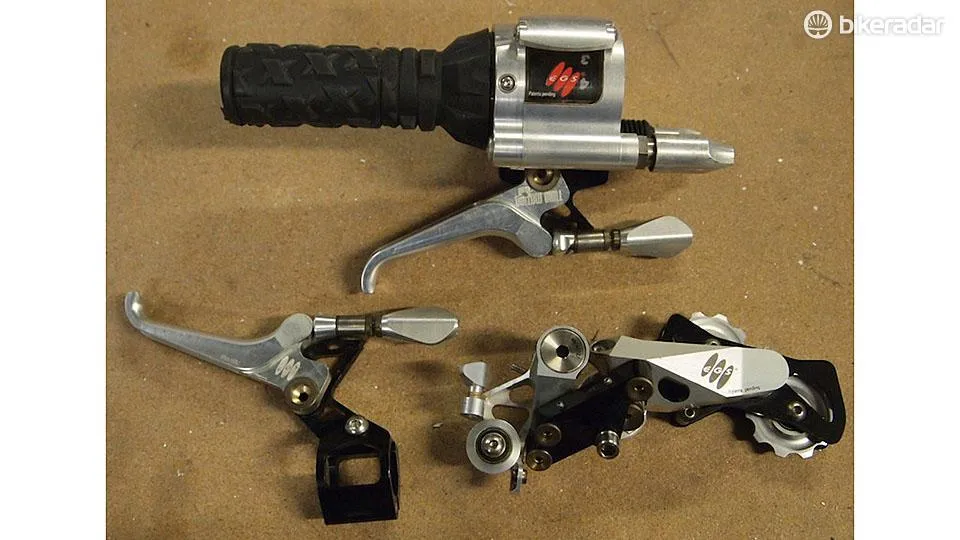
Think Shimano invented SyncroShift? Think again.
Long before 1x drivetrains and Di2, tiny French outfit EGS produced the X-Pro, a fully mechanical unit that shifted a 3x7 groupset in a pre-programmed order.
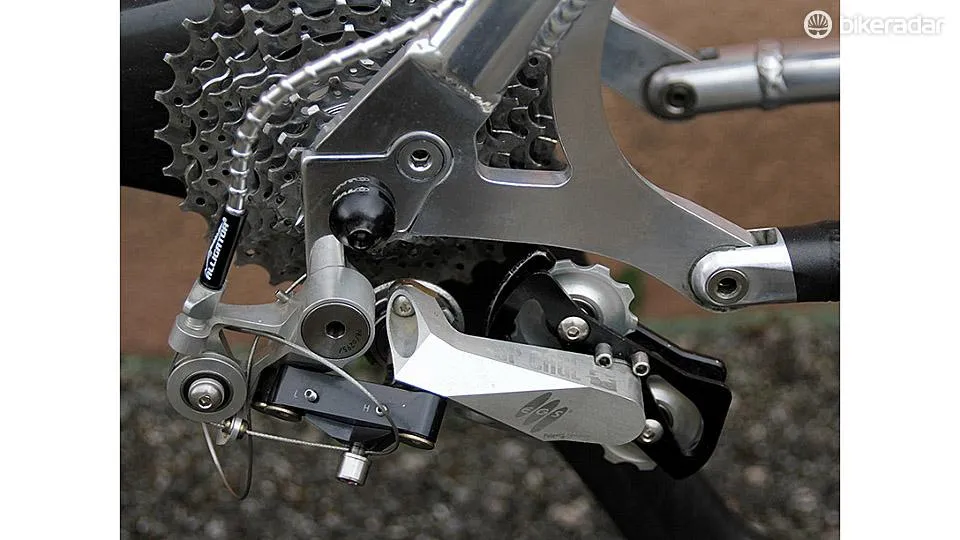
In a rather bold step, EGS went as far as producing its own rear derailleur and brake levers to complement the X-Pro — a brave move in a market dominated by two key players.
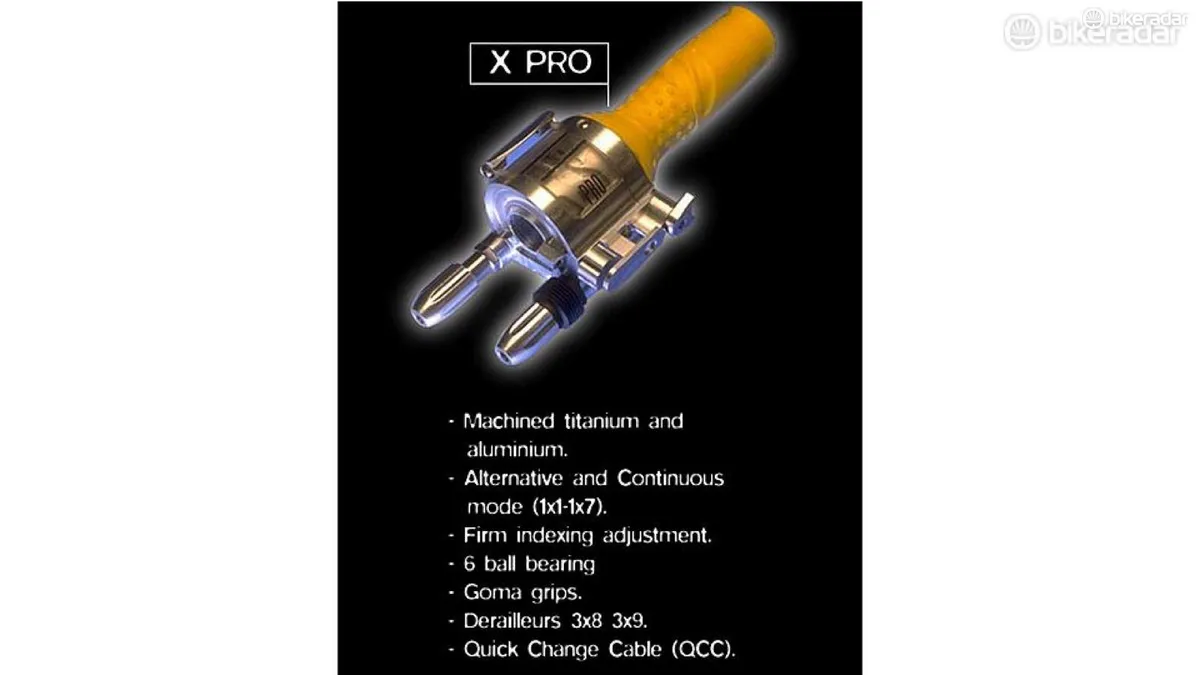
Despite shipping a claimed 200,000 units, EGS hit financial problems around 1999 and the brand folded shortly after, with Shimano snapping up its patents for a bargain-basement price.

Curiously, EGS maintained its website until at least 2016, eerily promoting its 1999 range from beyond the digital grave.
2. Shimano Airlines
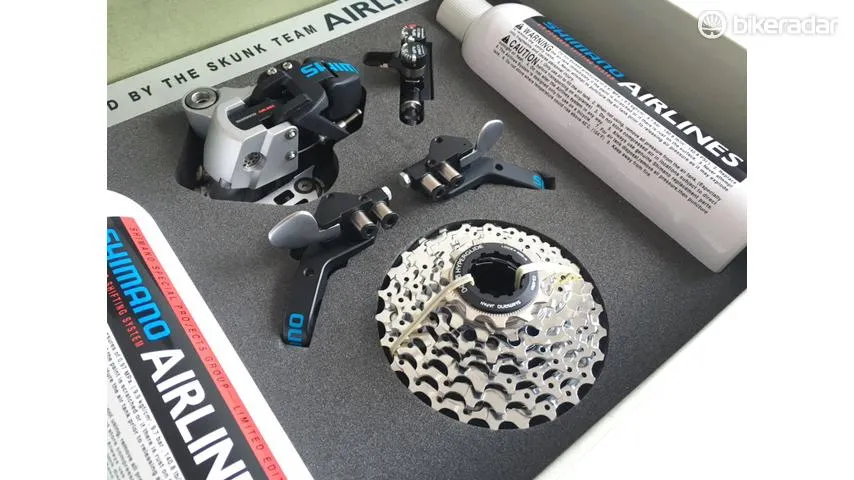
If electronic shifting isn’t your bag, there’s always… air?
Introduced in the late nineties, Airlines was Shimano’s short lived, downhill-specific, one by groupset powered by pressurised air.
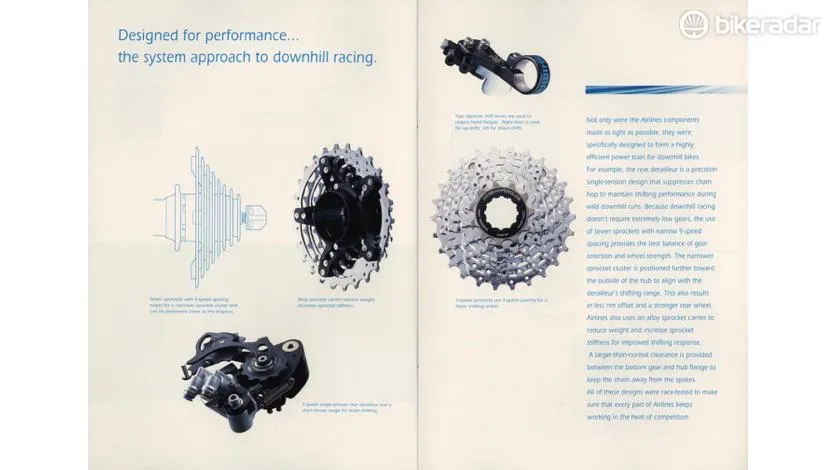
According to the user manual, Shimano chose to develop the system because the compressed airlines used in the system could flex easily on long-travel suspension bikes of the time.
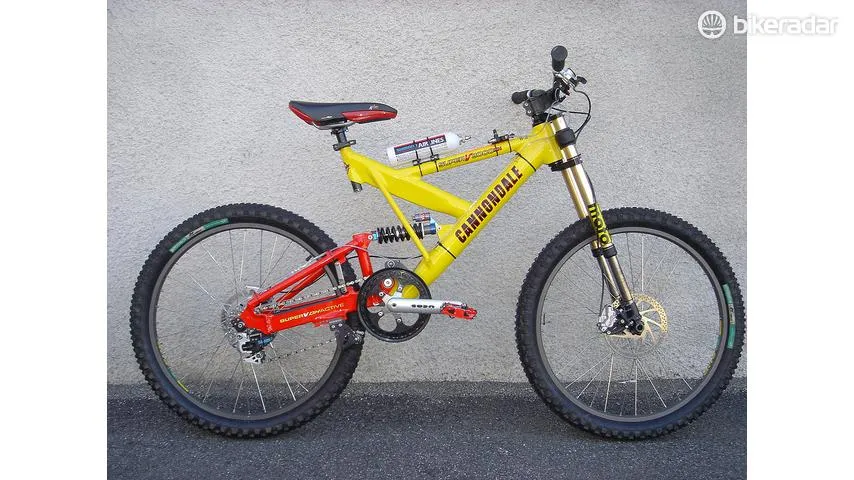
Each 300cc tank that powered the system was said to be good for up to 400 shifts, with everything controlled by an adjustable regulator — think a Di2 junction box… but with air.
According to press at the time, the groupset came in at $1,600, which is roughly $2,300 in today’s prices.
Given this high price, it’s no wonder that new-old-stock Airlines groupsets — a very expensive speculative investment, likely sat in the basements of bike shops around the world for the last 20 years — pop up on eBay with surprising regularity.
3. Whyte PRST-1
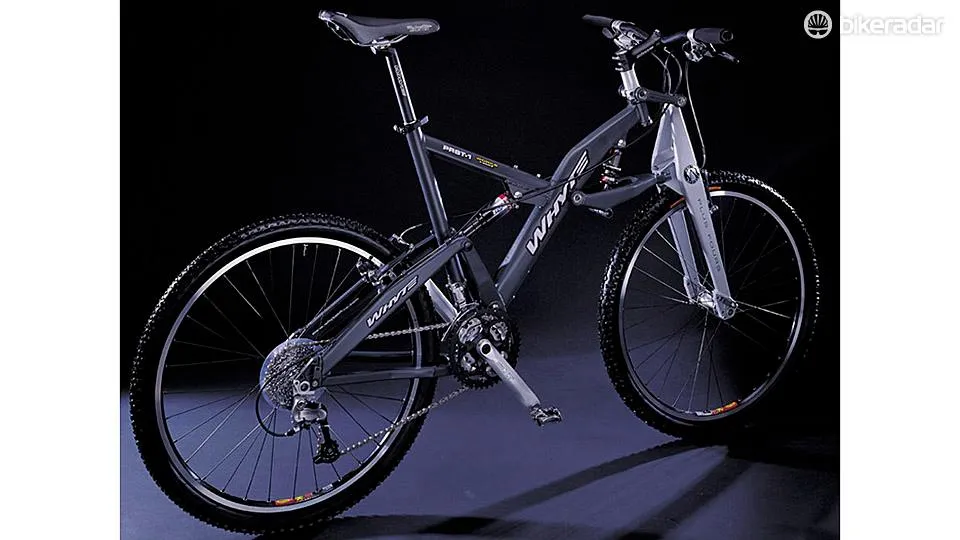
Truss forks have been used to great success in the motorcycle world. Unlike a conventional telescopic fork they use linkages to ensure the head angle remains consistent throughout the full range of travel, improving stability and control in rough terrain.
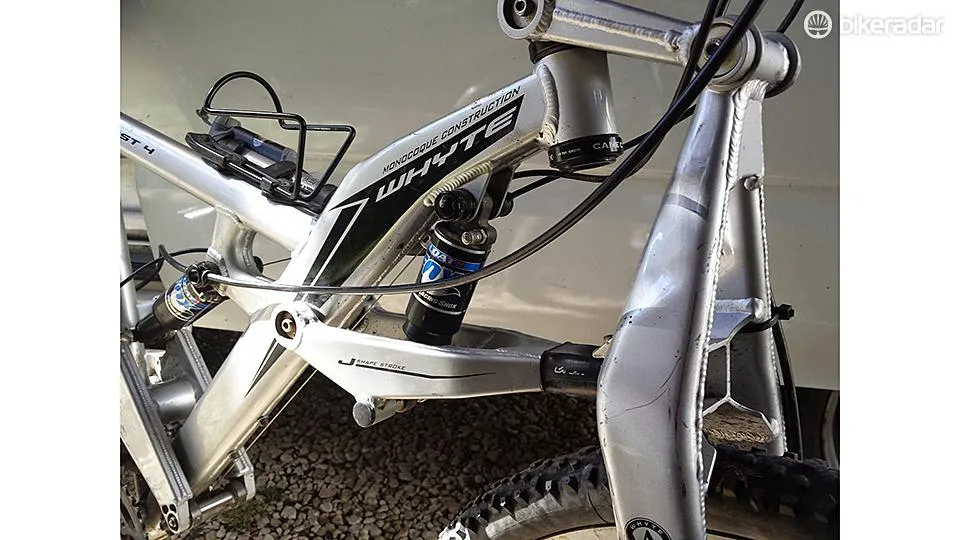
However, the truss fork used on the Whyte PRST-1 — supposedly named after the robot dog from Wallace and Gromit — did the absolute opposite of this.
Prioritising sensitivity over big-hit capability, Whyte designed the PRST-1’s fork to have a J-shaped axle path that, under heavy braking or hard cornering, would cause the fork to dive hard and tuck underneath itself, with predictable consequences.
While the PRST-1 was undoubtedly an admirable effort that helped launch a hugely successful brand, we’re sure this is one Whyte would rather forget.
4. Floating brake arms
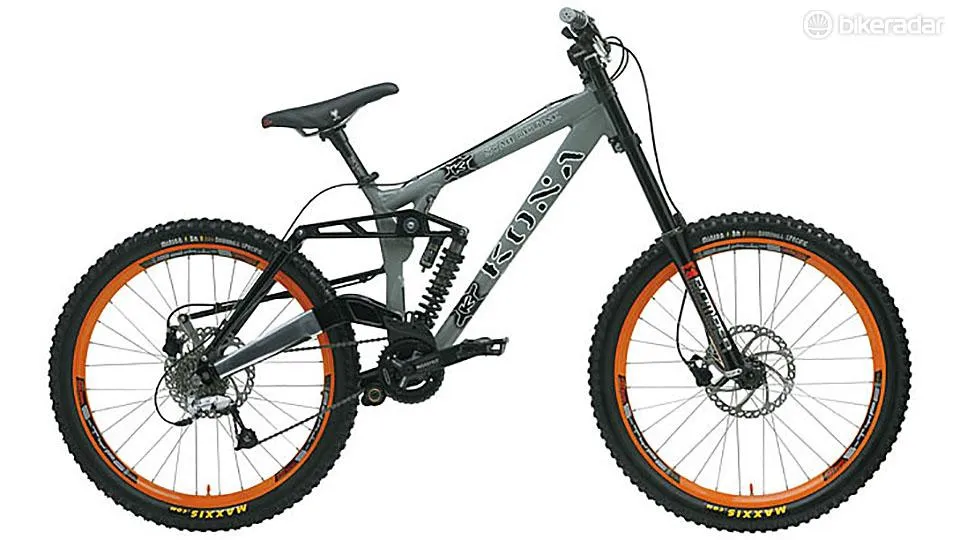
At one point in time nearly all of the big name manufacturers with a long travel single-pivot bike would offer a floating brake arm, such as the ones shown here.

Designed specifically to reduce the influence of the rear brake on a bike’s rear suspension — often referred to as brake jack — these ugly little critters were most popular on the World Cup downhill circuit, where they made their way on to numerous bikes from the likes of Kona, Orange and Foes.
Now though, they’re incredibly difficult to find, and that’s probably because many manufacturers have since switched to multi-pivot suspension designs which tend to be naturally less influenced by the same braking forces.
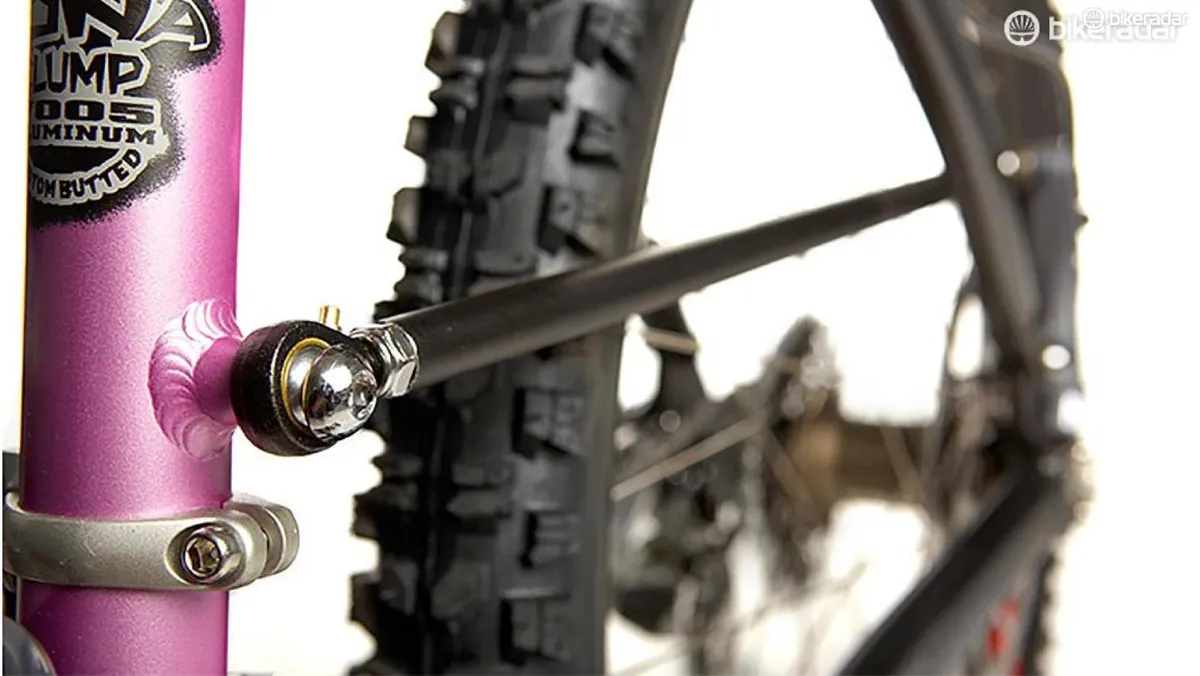
Those who still make single pivots tend not to bother, either, in fact we can’t remember the last time we saw one fitted. That’s not to say they don’t work — you’ll still find them fitted to plenty of motorcycles — for example, but on push bikes they were often considered too heavy, noisy and for a lot of people they simply weren’t worth fitting.
5. Shimano Dual Control shifters
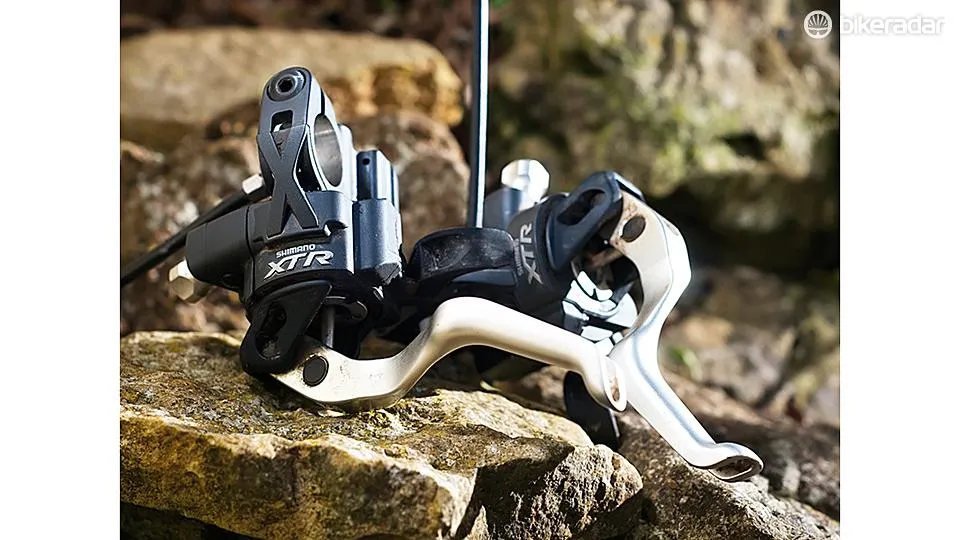
While tech developed for mountain bikes often inspires innovation on the road — and vice versa — there are some ideas that should never have been allowed to cross-fertilise.
Shimano Dual Control looked to replicate ‘brifter’ style shifting from the road — which sees braking and shifting controlled in one unit — on the trails.
While integrating everything together in a lovely neat package isn’t a bad idea in theory, the idea didn’t translate well on mountain bikes and made shifting while braking near impossible.
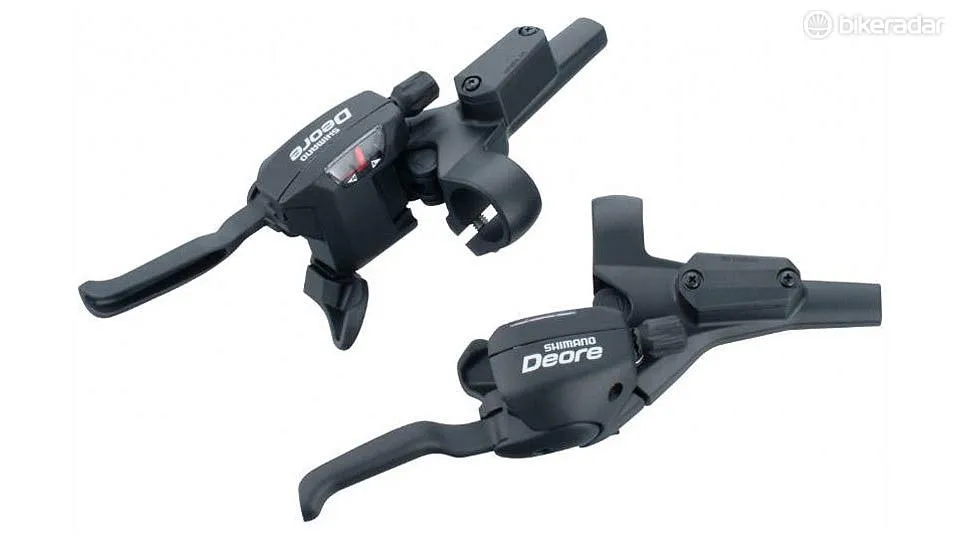
Dual Control levers were also infamously fragile, and replacing them was painful on your wallet given you were buying brand new shifters and brakes in one go.
Shimano also decided to introduce the almost universally disliked Rapid Rise rear derailleur — where the normal order of shifting was reversed — around this time.
The combination of these two pieces of ill-advised innovation meant chains were being dropped and curses uttered with a frequency and ferocity not experienced before or since.
